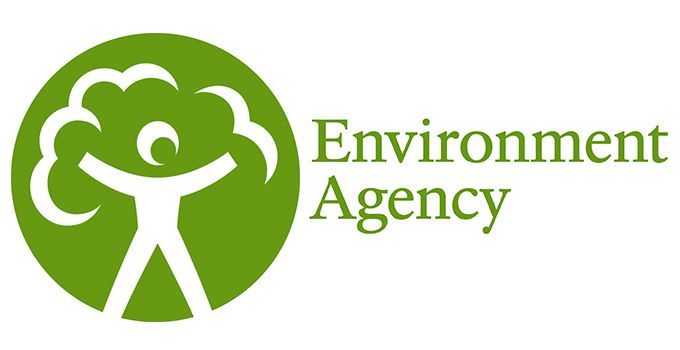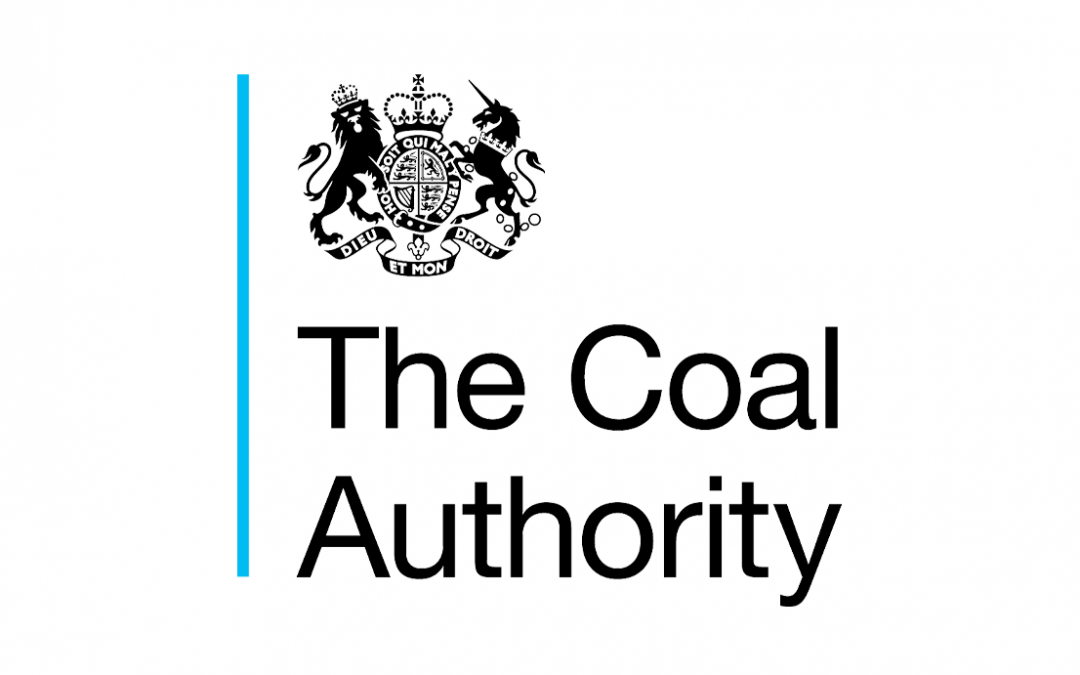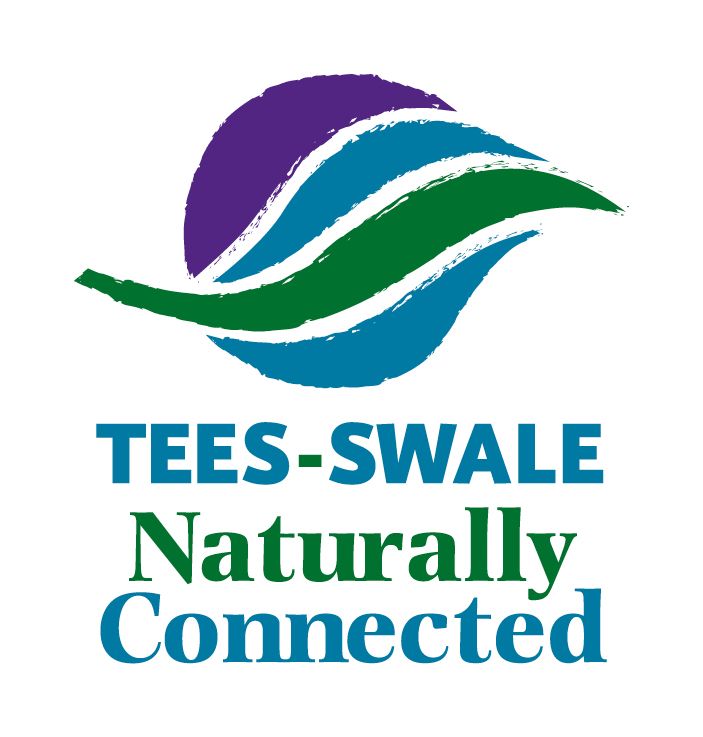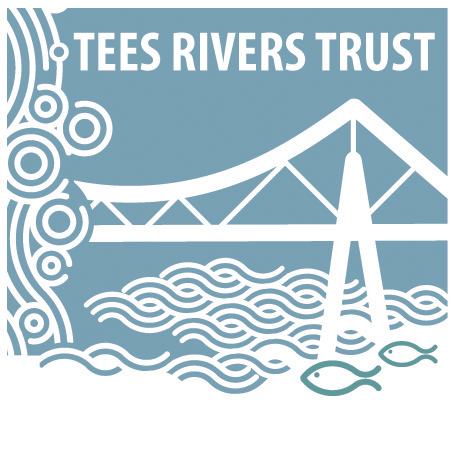Tees Swale
Metal mines pollution
Around 200km of rivers in Teesdale and Swaledale are polluted by metals and waste minerals released from long-abandoned metal mines.
Project Overview
Britain’s abandoned metal mines have left a lasting legacy of river pollution. Water draining from historic mines carries toxic metals that contaminate rivers and threaten aquatic life across the UK.
The Tees-Swale Diffuse Metals Project is tackling this environmental challenge head-on. Funded by the Department for Environment, Food and Rural Affairs (Defra) through the Water and Abandoned Metal Mines (WAMM) programme and the National Lottery Heritage Fund, the project is part of Tees-Swale: Naturally Connected, led by the North Pennines AONB Partnership in collaboration with the Yorkshire Dales National Park Authority.
The first phase of work in Upper Teesdale has already reduced the impact of mine pollution in local rivers. The creation of more than three hectares of vegetation plots above Middleton-in-Teesdale will limit heavy metals being washed out of abandoned mine sites next to Great Eggleshope Beck, Little Eggleshope Beck and Marl Beck; all tributaries of the River Tees.
By encouraging new plants to grow, less rain water will wash over or filter into the mine waste, reducing erosion and the amount of heavy metals washed into the becks.
Work is now underway on the next stage of the project in Swaledale, where further restoration efforts will improve water quality, protect biodiversity, and safeguard river ecosystems for future generations.
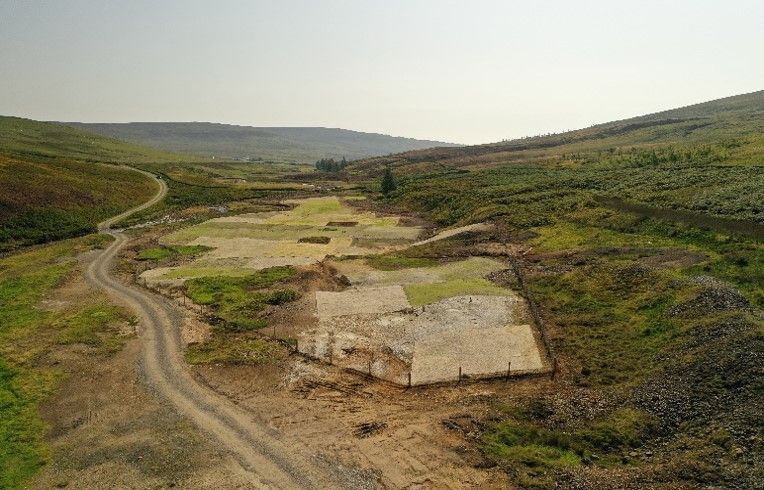
Great Eggleshope
Mine wastes cover the site of the former Wiregill lead mine in upper Teesdale. Metals were being washed out of these wastes and polluting over 8.5 km of the Great Eggleshope Beck. Research trials were conducted - building on work by the WAMM Programme at Garigill near Alston - showed that one way to address this problem is to encourage plants to grow.
An innovative hydroseeding technique, developed with Terraffix Soil Solutions has been utilised to establish vegetation on the site. This specialised, efficient technique uses seed and various mulch materials that are mixed with water and spread by hose to create erosion resistant layers in which plants can grow. Approximately 1.2 Ha of bare mine waste have now been covered with vegetation reducing pollution as well as creating habitats for insects and birds.

Marl Beck
Large areas of mine wastes at the former Lodge Sike mine in Teesdale pollute more than 6.5km of Marl Beck and Hudeshope Beck, with metals being washed out of the fine-grained processing wastes left by the miners in the 19th century, harming river wildlife.
In 2024, building on the research at Great Eggleshope, more than 2Ha of bare mine waste were revegetated to stabilise the wastes, reduce erosion and stop heavy metals being washed into the beck.
Other developments in 2024 included work to reprofile mine wastes at the Marl Beck site as well as the incorporation of drainage. This helped stabilise the landscape, reduce water flow across the site and created a more suitable environment for the vegetation establishment work.
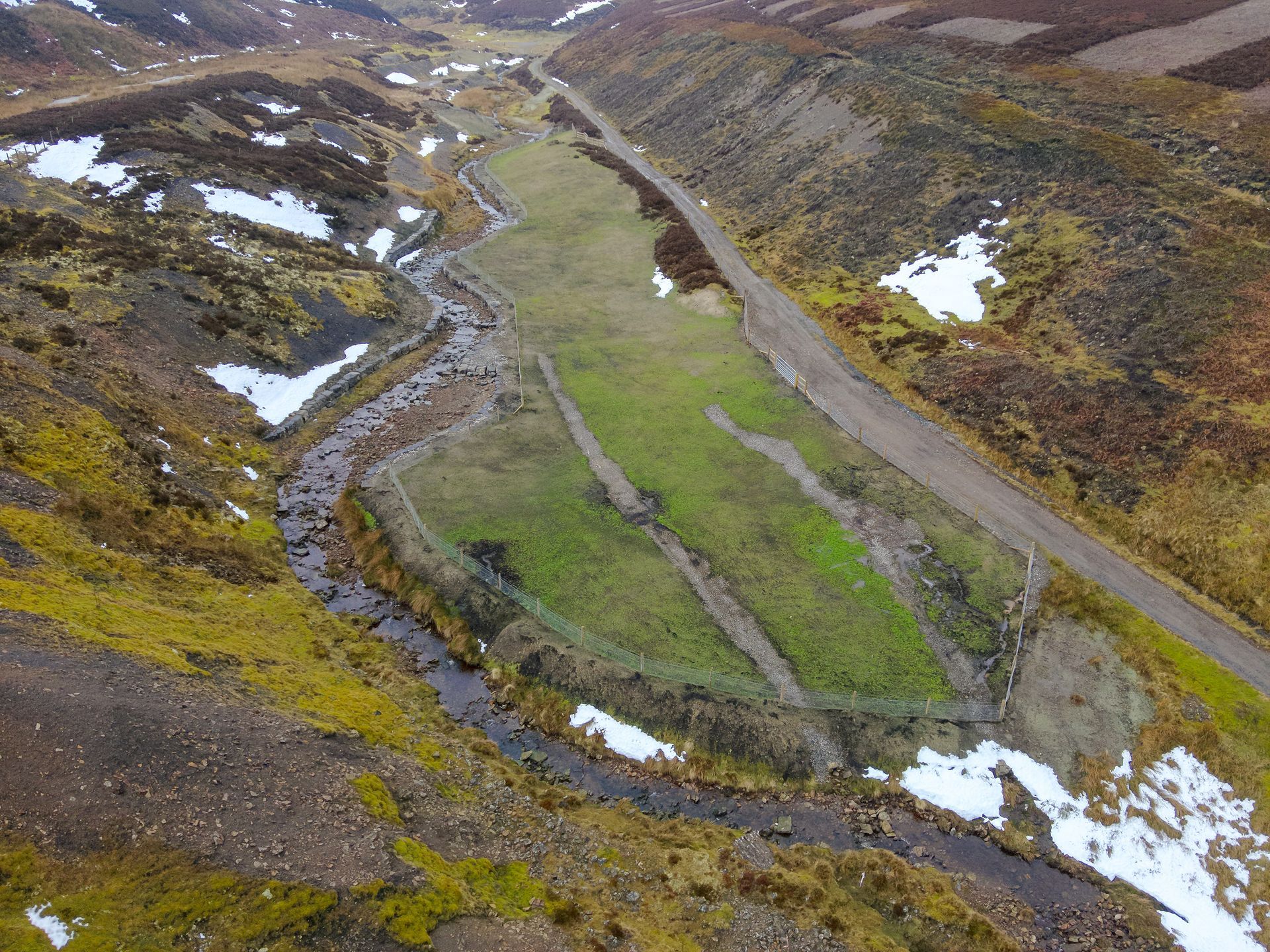
Little Eggleshope
At the former California Mine site mine waste was polluting 9km of the Little Eggleshope and Great Eggleshope becks. Work to stop pollution was undertaken by reprofiling mine waste and stabilising river banks with large stone block revetments in 2023 prior to vegetation establishment works in 2024.
In total 300m of revetments and 0.4Ha of vegetation establishment was created. In addition to this 400m drainage was installed in two phases across 2022 and 2023 to divert rainfall and river water away from the mine waste material. Together, these measures will decrease the pollution of Little Eggleshope and Great Eggleshope becks by reducing the amount of metals like cadmium, lead and zinc that are being washed into them out of the mine waste material.
This project generated key learns and ways of working now adopted by the Ashfoldside Beck diffuse metal pollution project.
The diffuse metals project is led by the Yorkshire Dales Rivers Trust (working with the Tees Rivers Trust) and is jointly funded by the Water and Abandoned Metal Mines (WAMM) programme and the North Pennines National Landscape Tees-Swale: Naturally Connected programme.
The Water and Abandoned Metal Mines (WAMM) programme is a partnership between the Environment Agency and Mining Remediation Authority to tackle water pollution caused by historical metal mining across England and is funded by Defra. It aims to deliver the Government’s statutory target to halve the length of rivers polluted by harmful metals from abandoned metal mines by 2038.
The Tees-Swale: Naturally Connected programme, led by the North Pennies National Landscape team in collaboration with the Yorkshire Dales National Park Authority, aims to restore, expand and connect habitats and is primarily funded by The National Lottery Heritage Fund.


